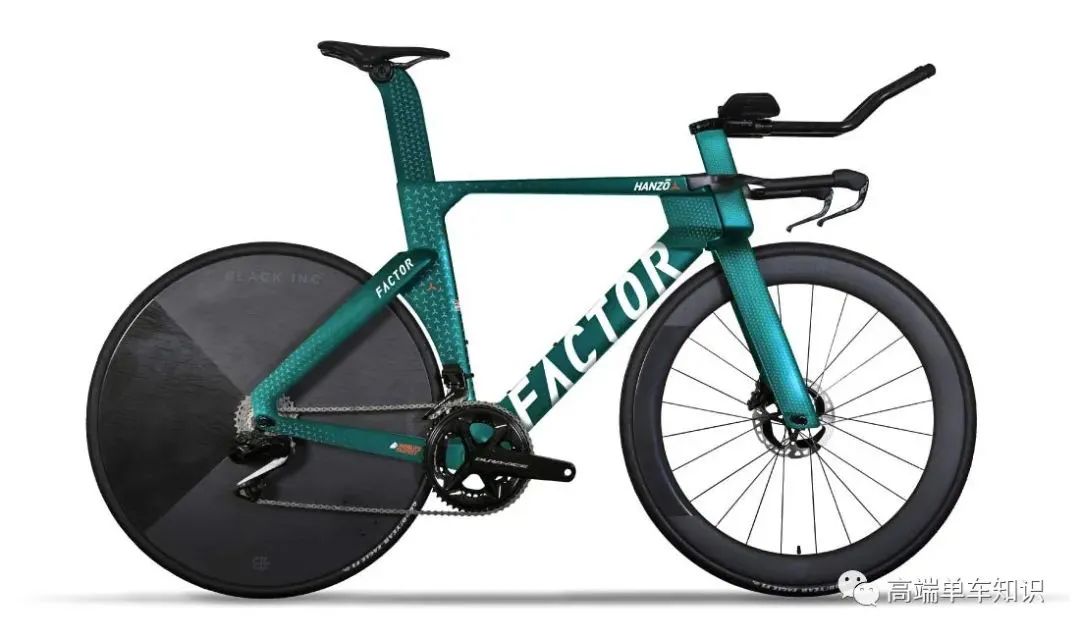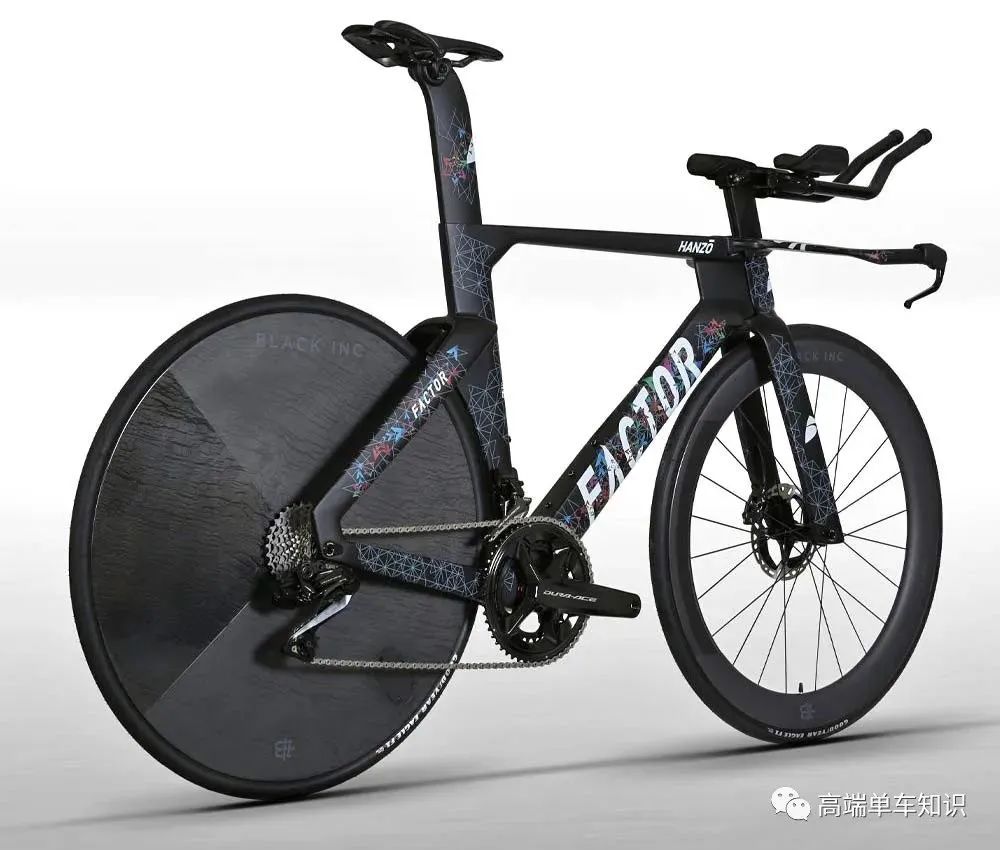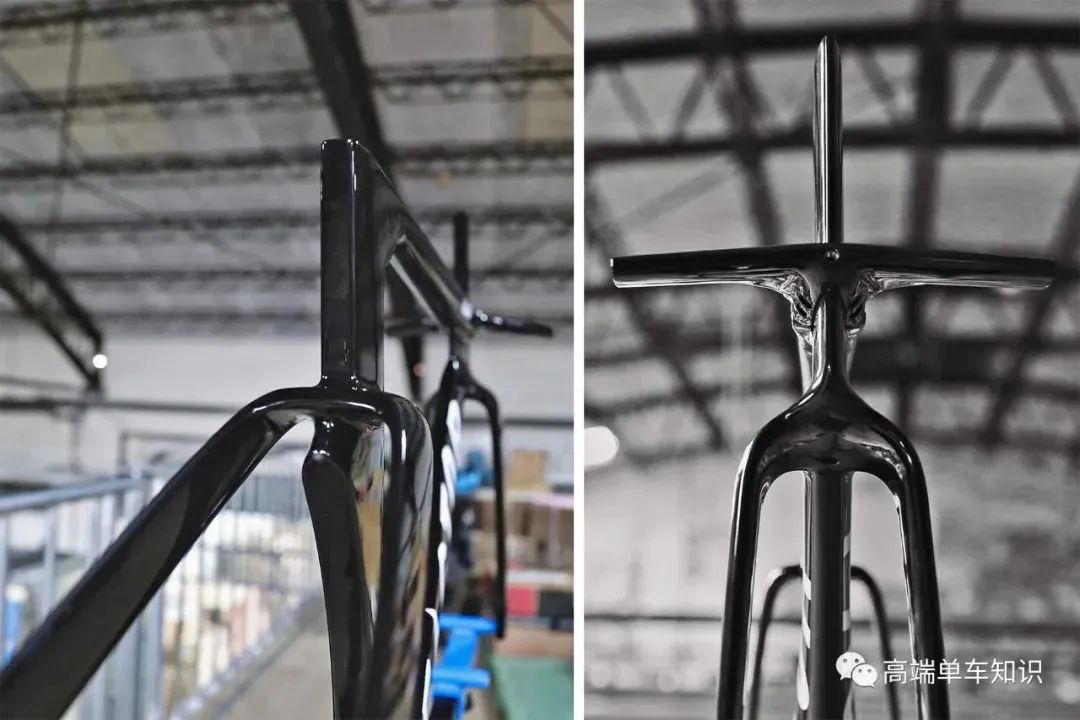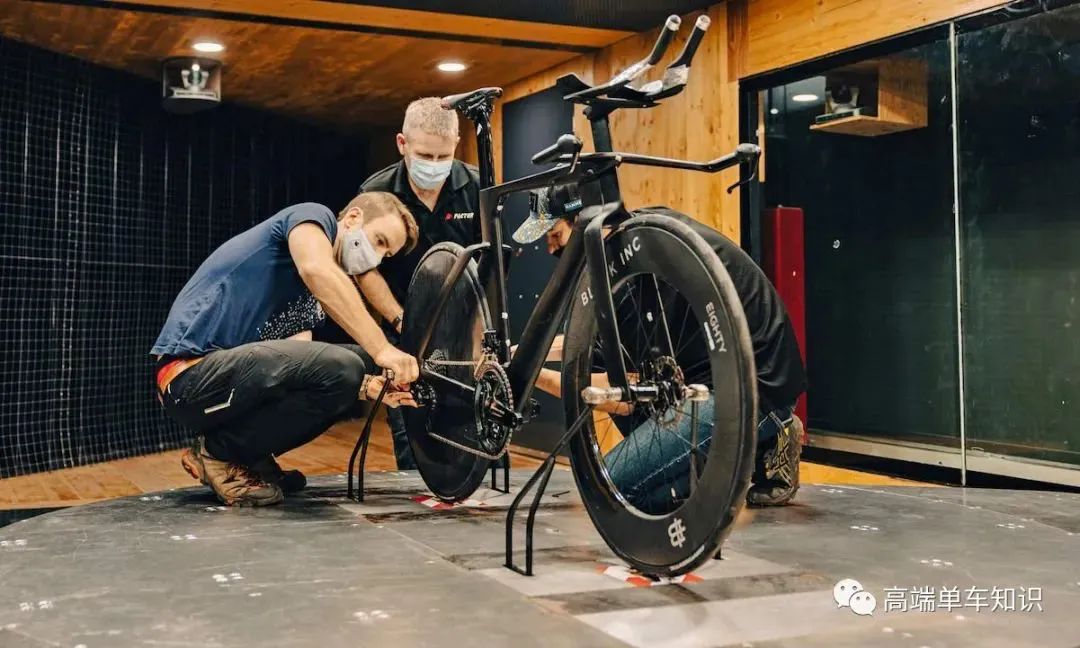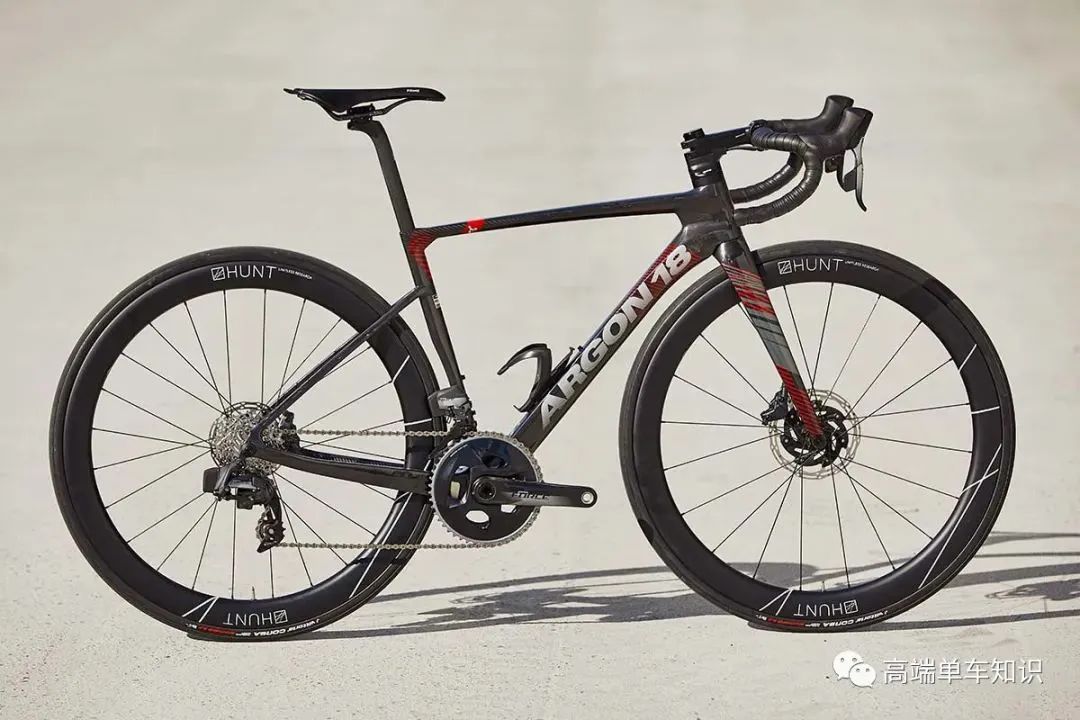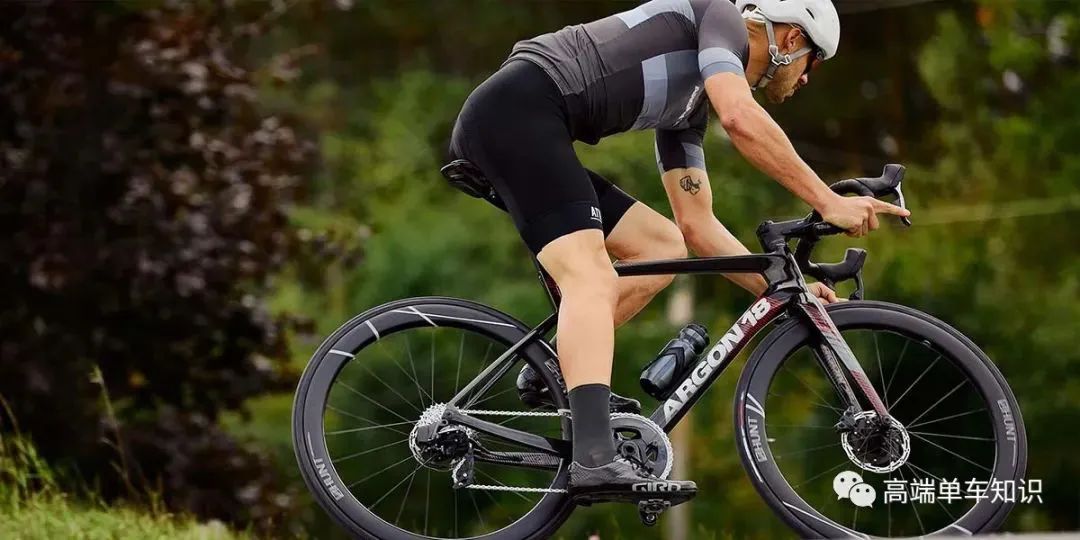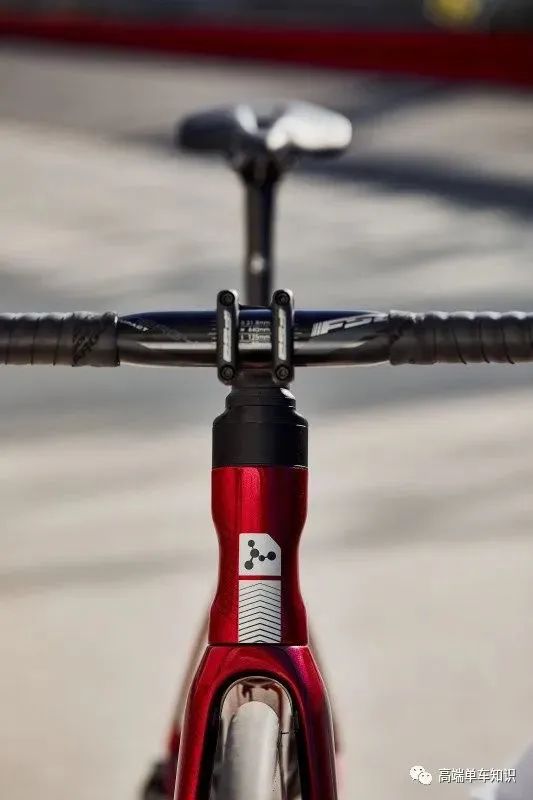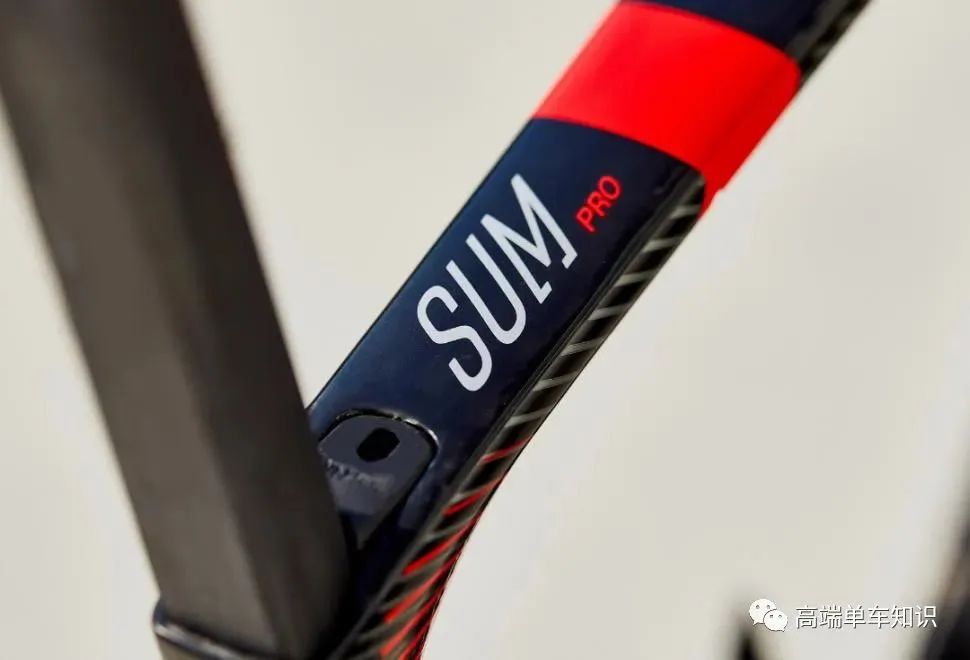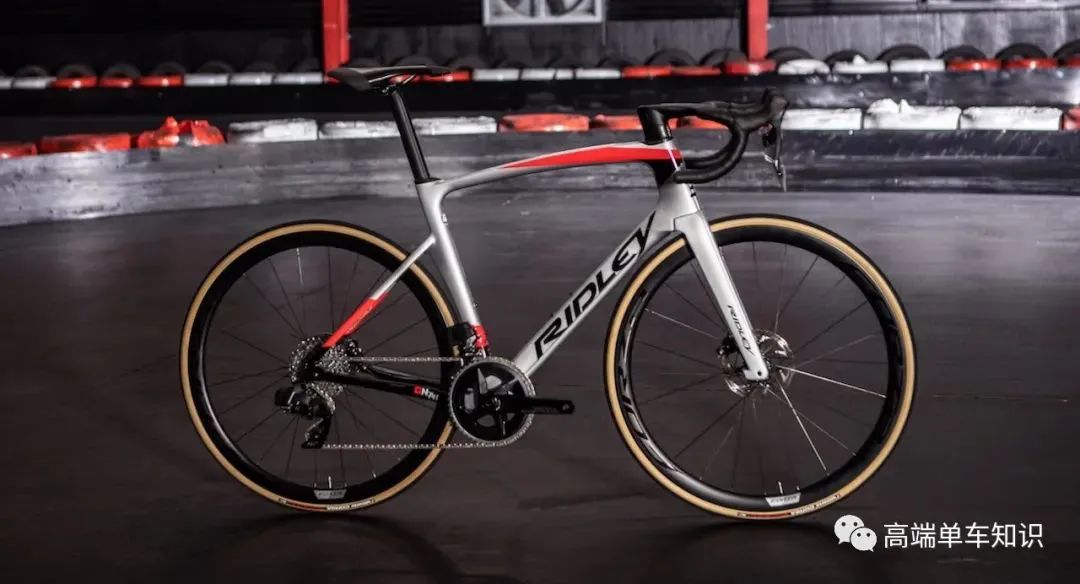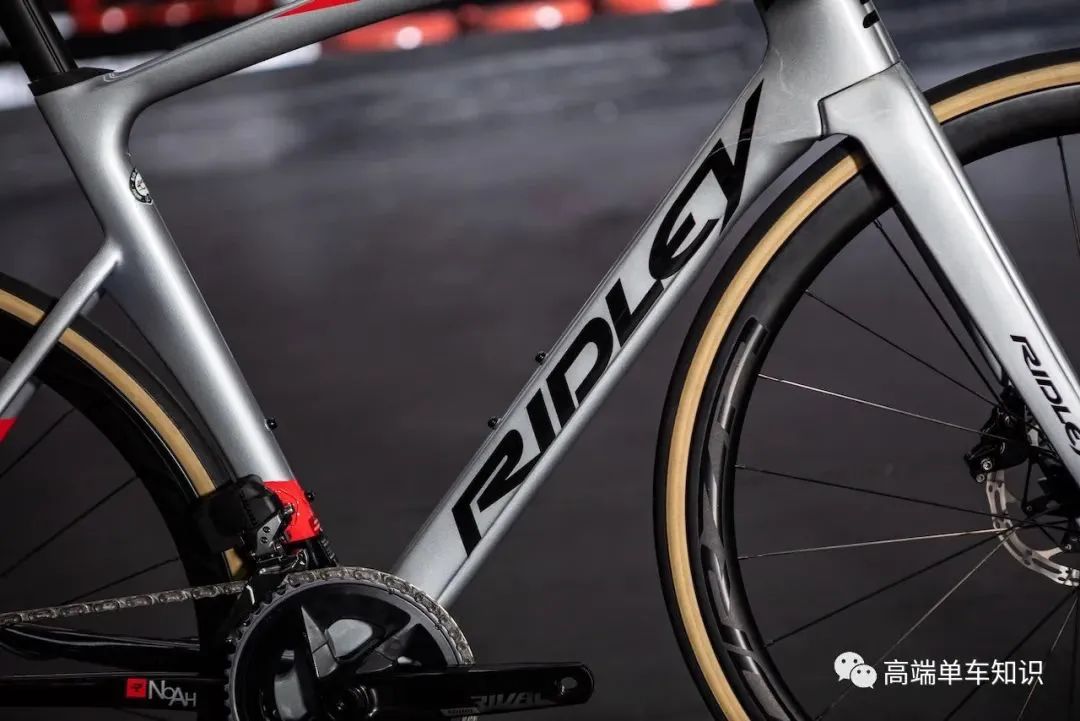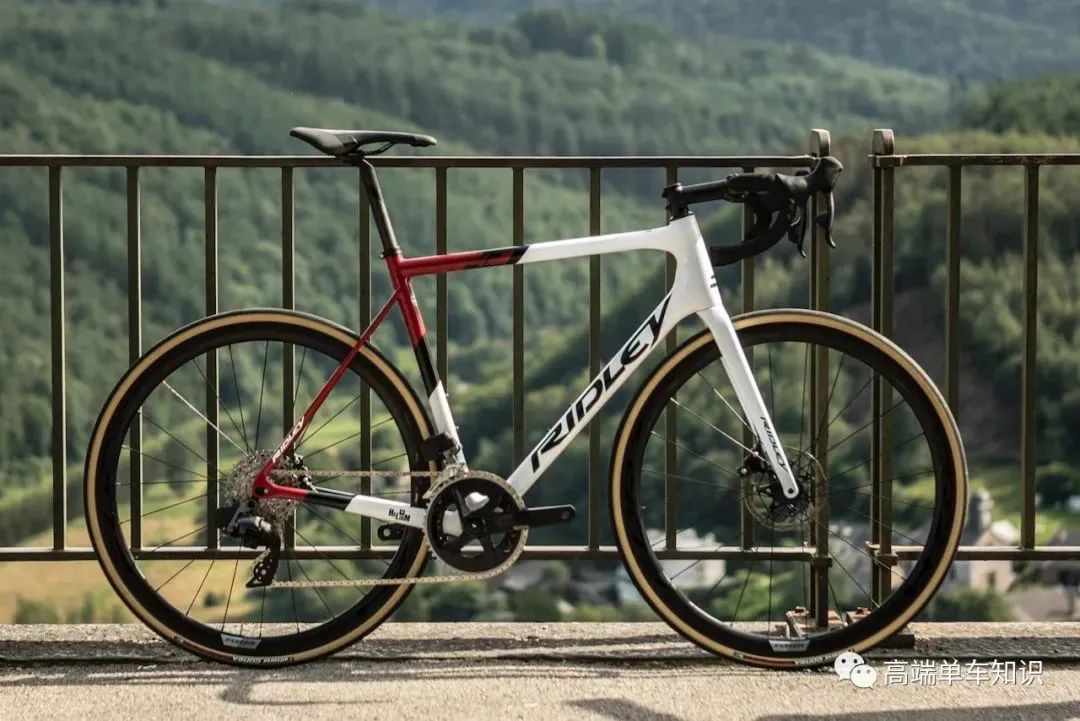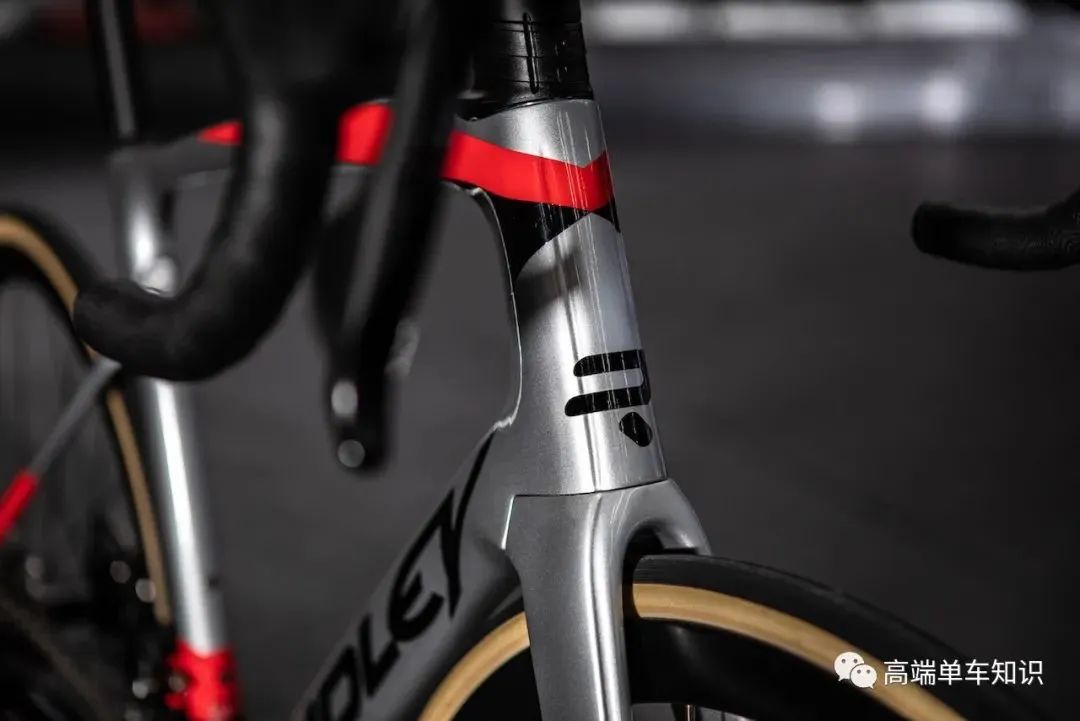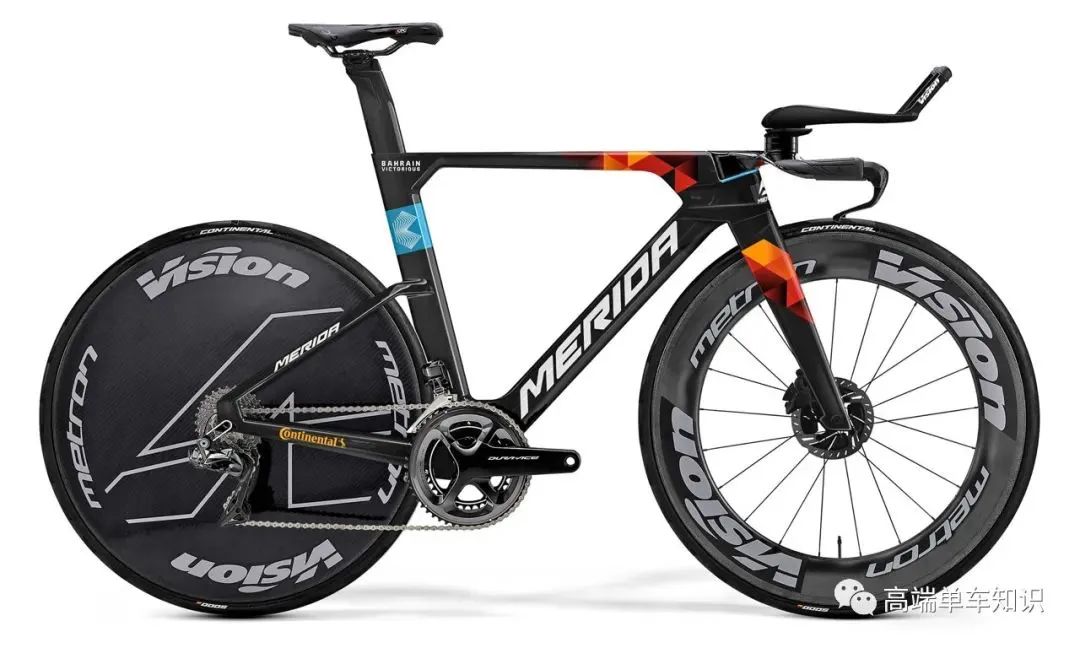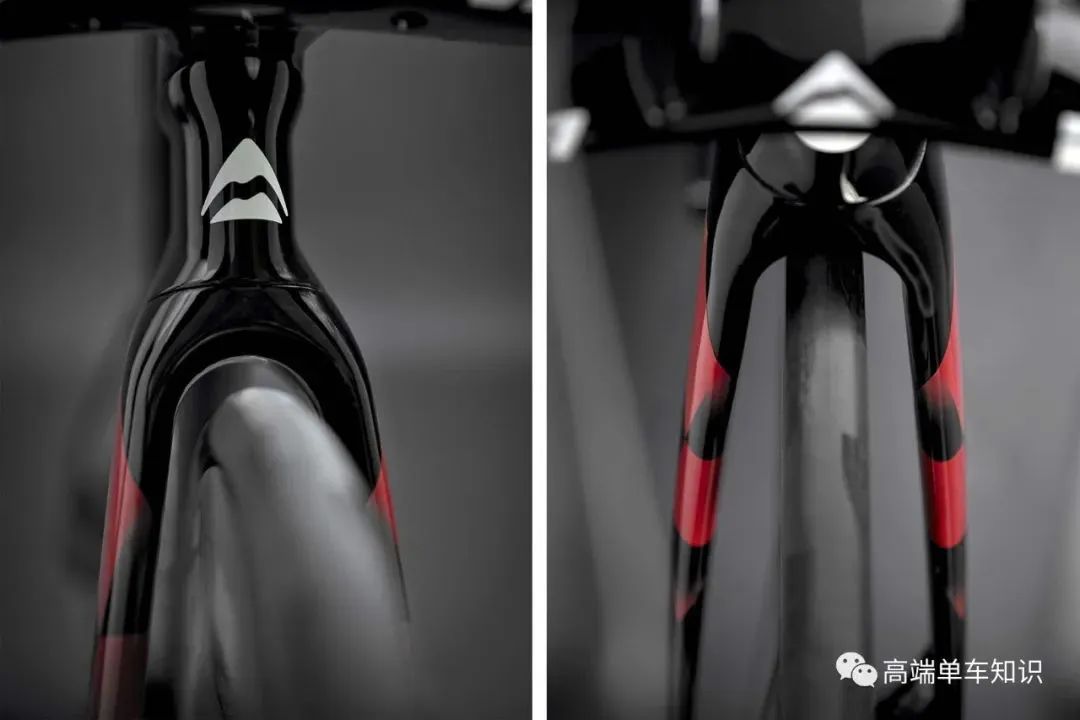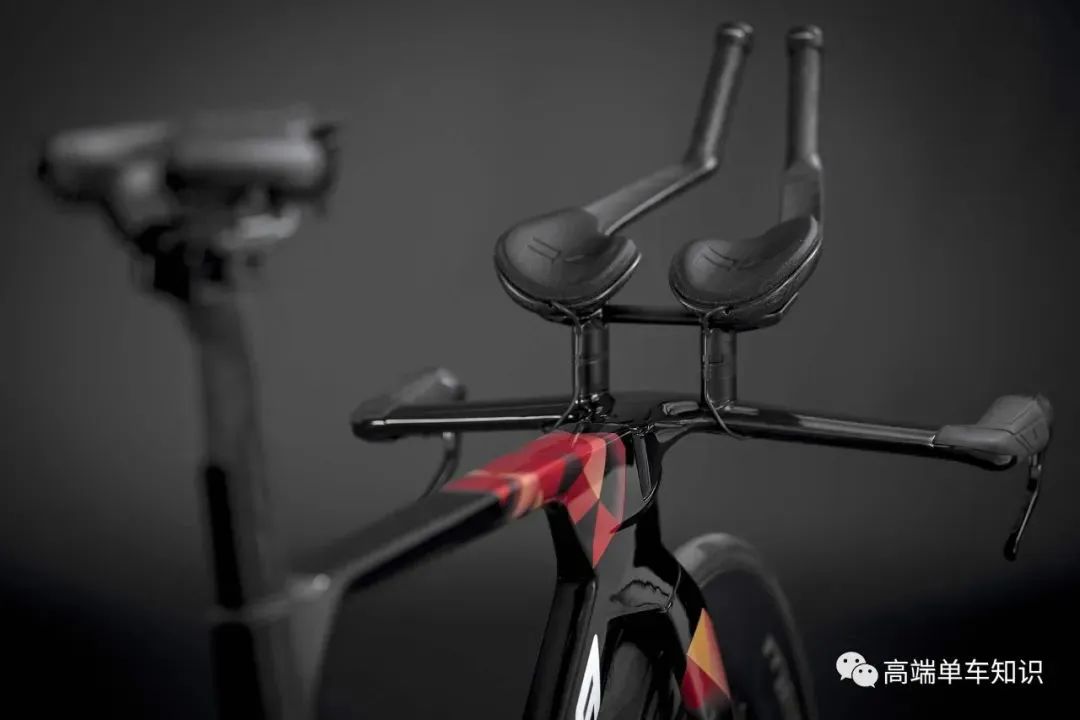In this article, we introduce the new bikes released in the first half of 2022, mainly focusing on Time Trial (TT) bikes. Based on the new UCI regulations, aerodynamic performance has been optimized, becoming a breakthrough for the new generation of TT bikes.
The first TT road bike under UCI’s new aerodynamic regulations – Factor Hanzo
After the 2021 UCI rule changes, several “super” aerodynamic road bikes have emerged, but Factor Hanzo is the first TT road bike. It employs an integrated design with extremely flat aerodynamic tube shapes, an incredibly thin front end, combined with super wide fork legs and a head tube as thin as 15mm.
Factor states: The secret to making bikes faster is simple, that is to use “real wing” tube shapes. Under UCI’s new regulations, very wide and thin tube shapes can be used, even as thin as 1cm.
Hanzo has eliminated the split down tube of the previous SLiCK generation, replacing it instead with a super deep and flat tube shape, as it can now meet UCI regulations. It also brings a smoother integrated system, allowing for infinite adjustments of aerodynamic handlebar settings.
Factor tested Hanzo in the wind tunnel at Silverstone, claiming that the disc brake Hanzo is faster than their rim brake Slick triathlon bike, and it is faster under all wind angles, especially with low frontal wind resistance.
All-in-one, Argon 18 replaces Nitrogen and Gallium Pro with Sum
The Canadian brand Argon 18 has released new road bikes Sum Pro and Sum, combining lightness and aerodynamics, which has been the main trend in road bike releases in recent years.
Argon 18 claims that Sum Pro and Sum are designed for flat roads and climbing, with aerodynamic performance comparable to Nitrogen, and pure road performance comparable to Gallium Pro, equipped with handling ready for racing and excellent riding quality.
The hourglass-shaped head tube provides aerodynamic efficiency and rigidity, while the fork legs’ flanges expand outward to guide airflow away from the down tube, and the down tube design considers water bottle mounting to achieve maximum aerodynamic advantage. Through CFD analysis, Argon 18 claims that the aerodynamic performance of Sum is equivalent to Nitrogen, and it is 9% faster than Gallium Pro Disc.
The down tube, top tube, and rear triangle are optimized in proportion, thickness, and aerodynamics according to size. The low rear triangle and (lower section) recessed seat tube can enhance riding quality, with Sum improving rear-end compliance by 30-35% compared to the latest generation Gallium Pro.
Argon 18’s unique 3D system improves the upper bearing cup of the headset, increasing head tube height without sacrificing rigidity. Without the 3D system, the stack-to-reach ratio is 1.36, which is very aggressive. Using the 3D system can increase the head tube height by 25mm, resulting in a very friendly stack-to-reach ratio of 1.45.
The difference between Sum Pro and Sum lies in the carbon fiber layering, with a slight weight difference between them, while Sum Pro has a higher configuration. The Sum Pro frame weighs 850 grams, while the Sum frame weighs 890 grams, which may be the smallest weight difference between top-tier and second-tier frames.
Not a new generation, Ridley launches “base version” Noah Disc and Helium Disc
We did not wait for Ridley’s new generation of Noah and Helium, only their “base version,” equivalent to the original “elite version,” using low-modulus carbon fiber materials, changing the carbon fiber stacking design, reducing the price while increasing the weight. The “base version” retains most of the design of the “elite version,” with the same look and geometry, and the official claim is that the riding feel is also consistent.
Noah and its sibling Noah Fast have the same appearance, featuring aerodynamic characteristics: F-Surface Plus introduces boundary layer turbulence to allow airflow to pass smoothly through the fork, head tube, down tube, and rear triangle; F-Steerer hides all cables; F-Wings smoothen the turbulence near the hub; and there is also a very cool aerodynamic integrated handlebar for Noah Fast.
Ridley Helium is very similar to Helium SLX, using the same round tube shapes and very thin rear triangle. Helium retains a traditional appearance without deep aerodynamic modifications, only enhancing aerodynamic performance through internal cable routing and subtle tube shape designs.
The Helium “base version” uses the design of SLX, hiding all cables through F-Steerer. However, the issue with using low-modulus carbon fiber is that the frame weight increases. As a non-aerodynamic climbing road bike, weight is critical, yet the Helium “base version” weighs just under 1000 grams, which diminishes its competitiveness.
Merida launches the disc brake Time Warp TT, resembling an aerodynamic road bike more
The Merida Time Warp TT has a slimmer tube shape compared to the previous rim brake version, and its appearance is more streamlined. Many aerodynamic tube shapes and detail designs come from the Reacto aerodynamic road bike, but it lacks the aerodynamic brake cooling fins, possibly because TT does not require high-intensity braking. The new Time Warp TT has not fully utilized the new UCI tube shape regulations, unlike the Factor Hanzo, which directly changed the cross-section tube shape to wing shapes to enhance aerodynamic performance, but that would sacrifice weight, comfort, and even handling; Merida chooses a more balanced approach.
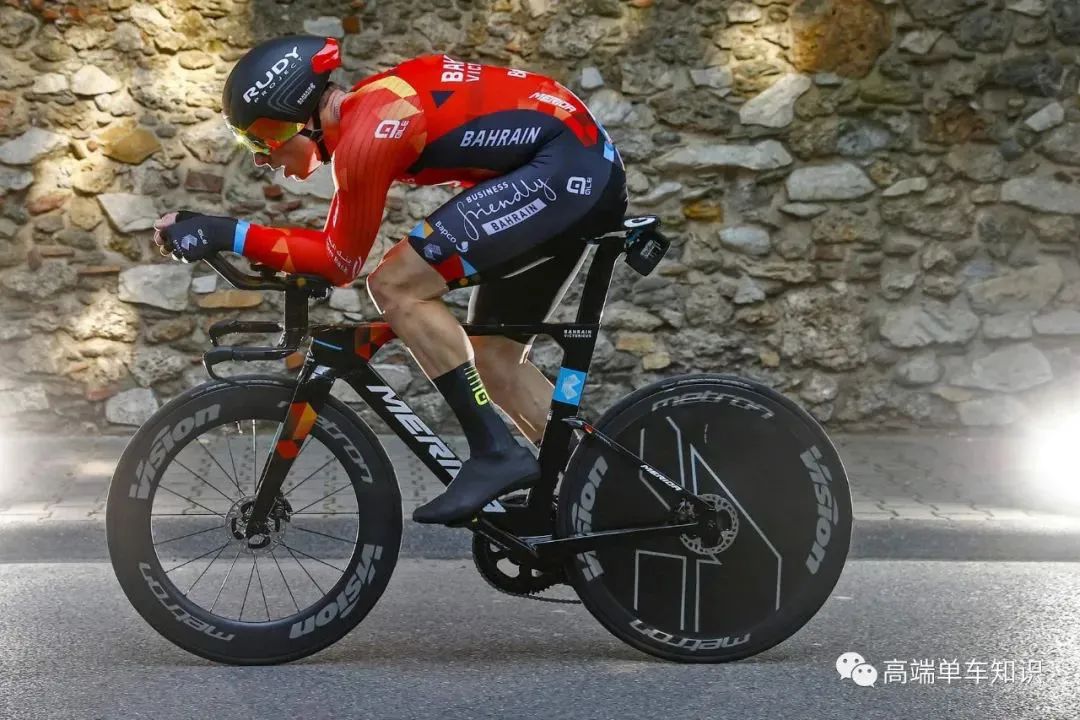 Merida claims that the new generation Time Warp TT is a further optimization of the previous generation’s “race-proven aerodynamics,” but does not mention any specific aerodynamic performance metrics. It is evident that their appearance has undergone significant changes. However, one can see that the seat tube is narrower, and there is less curvature fitting the rear wheel, and the triangle connecting the top tube and seat tube has also become smaller.
Merida claims that the new generation Time Warp TT is a further optimization of the previous generation’s “race-proven aerodynamics,” but does not mention any specific aerodynamic performance metrics. It is evident that their appearance has undergone significant changes. However, one can see that the seat tube is narrower, and there is less curvature fitting the rear wheel, and the triangle connecting the top tube and seat tube has also become smaller.
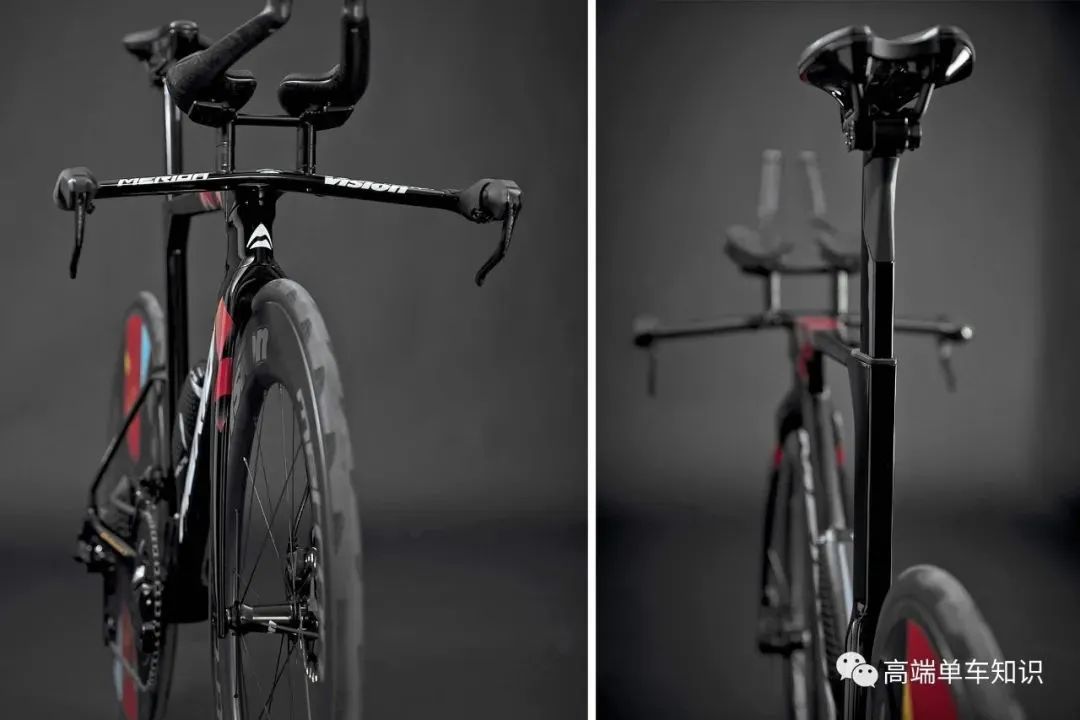 The previous generation Time Warp TT already featured fully internal cable routing and a flat head tube. After switching to disc brakes, the fork crown no longer needs to hide the calipers, and with the more lenient UCI tube shape regulations, the new disc brake Time Warp TT’s front end has become cleaner, with the distinctly hourglass-shaped head tube appearing smoother than the previous generation. The previous generation had the front wheel closely fitted to the down tube, but now, combined with a deeper head tube, the front wheel is much further from the down tube.
The Time Warp TT can accommodate 28mm tires (up from 25mm), but still focuses on TT’s aerodynamic design, so it won’t need 32mm tire clearance like an aerodynamic road bike. For the Bahrain-Victorious team, the Continental GP5000 S TR tubeless tire will be standard.
The Time Warp TT is Merida’s fourth-generation TT competition platform, using lightweight CF5 nano matrix carbon fiber material combined with anti-wrinkle systems for careful carbon fabric placement and quality control. The final frame weight is 1100 grams, the same as the previous generation rim brake Time Warp TT.
Colnago TT1 disc brake time trial road bike, a
The previous generation Time Warp TT already featured fully internal cable routing and a flat head tube. After switching to disc brakes, the fork crown no longer needs to hide the calipers, and with the more lenient UCI tube shape regulations, the new disc brake Time Warp TT’s front end has become cleaner, with the distinctly hourglass-shaped head tube appearing smoother than the previous generation. The previous generation had the front wheel closely fitted to the down tube, but now, combined with a deeper head tube, the front wheel is much further from the down tube.
The Time Warp TT can accommodate 28mm tires (up from 25mm), but still focuses on TT’s aerodynamic design, so it won’t need 32mm tire clearance like an aerodynamic road bike. For the Bahrain-Victorious team, the Continental GP5000 S TR tubeless tire will be standard.
The Time Warp TT is Merida’s fourth-generation TT competition platform, using lightweight CF5 nano matrix carbon fiber material combined with anti-wrinkle systems for careful carbon fabric placement and quality control. The final frame weight is 1100 grams, the same as the previous generation rim brake Time Warp TT.
Colnago TT1 disc brake time trial road bike, a
